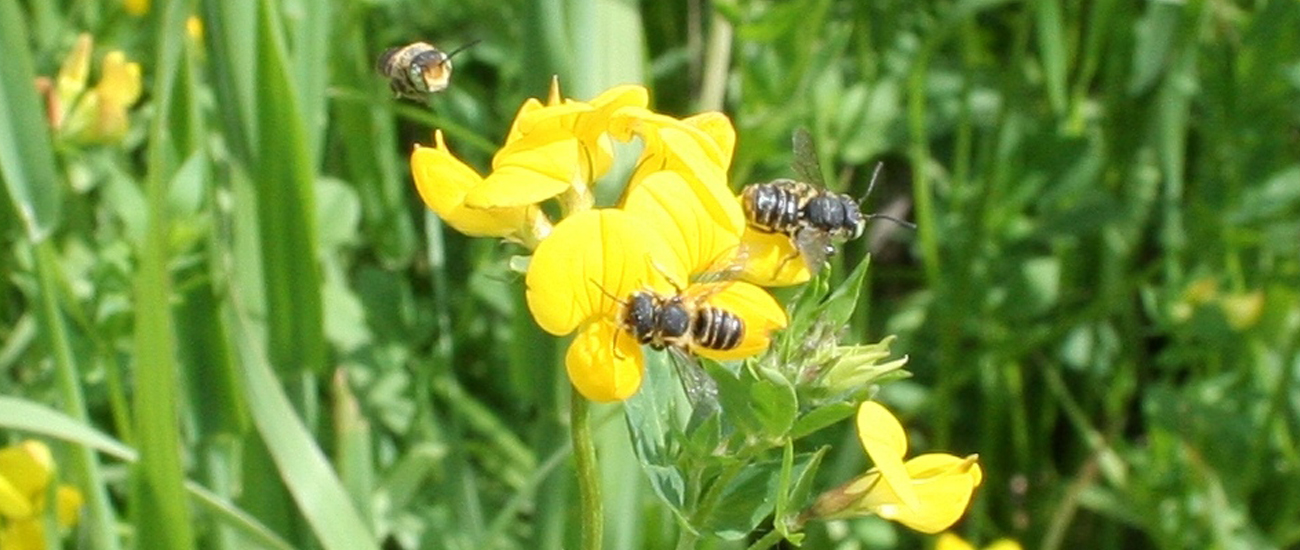The purpose of the project is to better understand the impact that natural parasitism is having on alfalfa weevil field populations. Questions that were addressed are what are the beneficial parasitic wasps, what is the level of parasitism, and what is the difference from site to site and year to year.
Managing incubation must begin with planning the timing of bee hatch and their release. When bees are released they must have immediate access to food, in the form of nectar, or they will leave the field in search of it and not return. If bees are released too early, before there is sufficient bloom, many will be lost and both bee and seed yields will decline. On the other hand, the earliest blooms produce the largest and greatest quantity of seed pods and are most likely to mature into seed before fall frost. The later the bees are released into the fields, the more potential see yield will be lost. The ideal time to release bees is when the field is in 40% - 50% bloom. This is determined by picking random stems and calculating the percentage with at least one bloom. Correct timing is important! Attached is a Calendar of Leafcutter Bee Incubation.
Growers are asking questions about temperatures in leafcutting bee shelters. It is well known that leafcutting bees are sensitive to ambient conditions such as heat exposure during brood development. This study looked at temperature at four shelter positions (tray, tunnel, middle, outside) in four shelter types used in Manitoba, after bee incubation.

